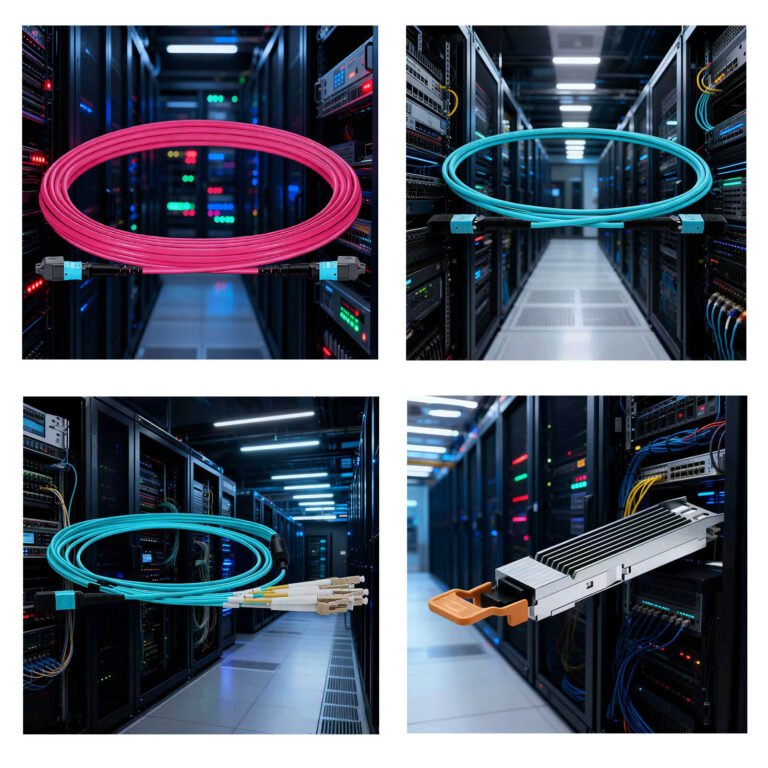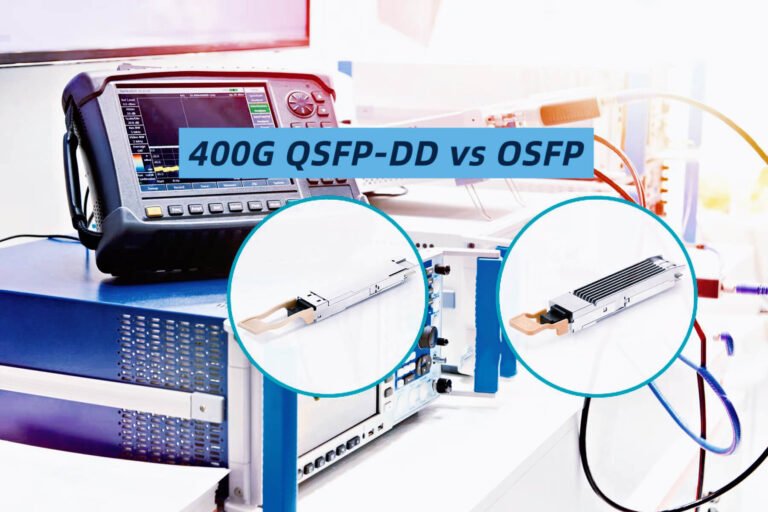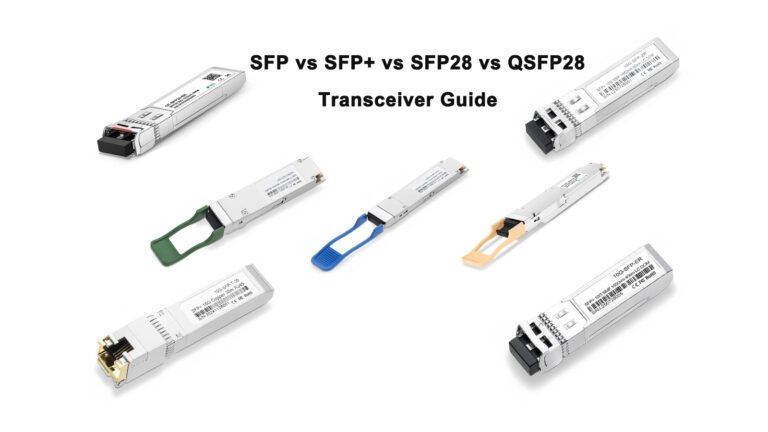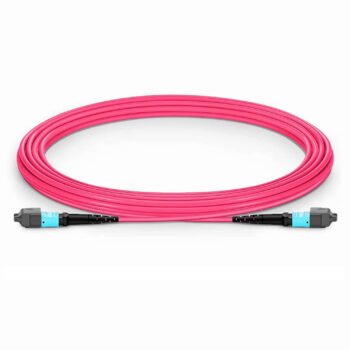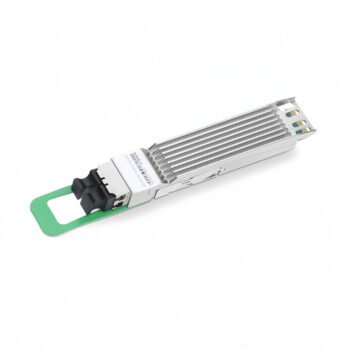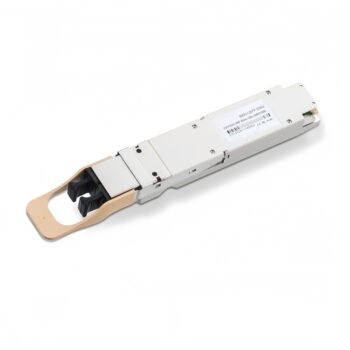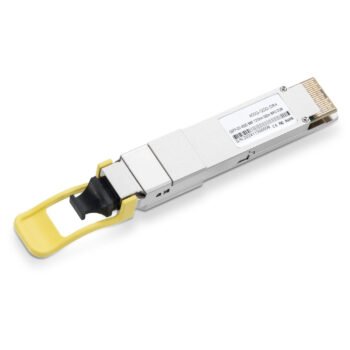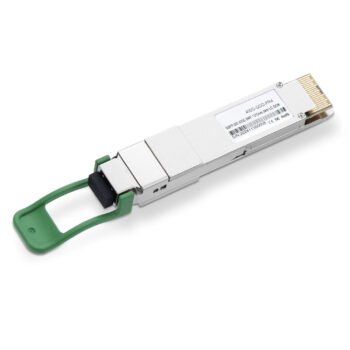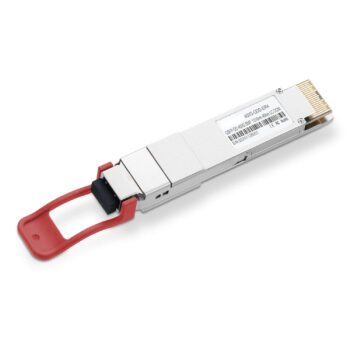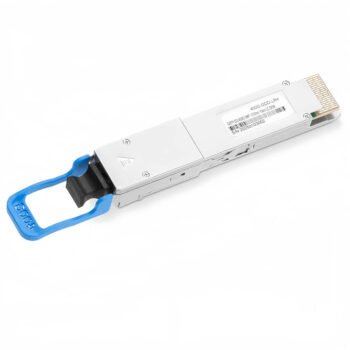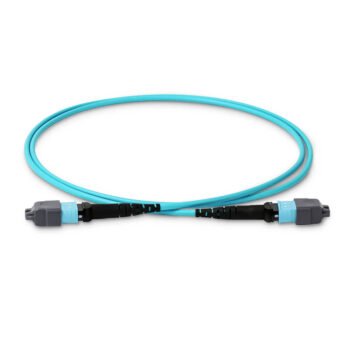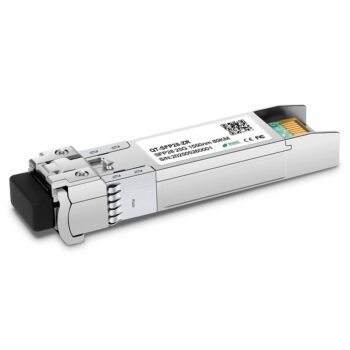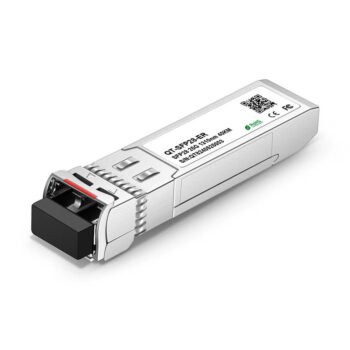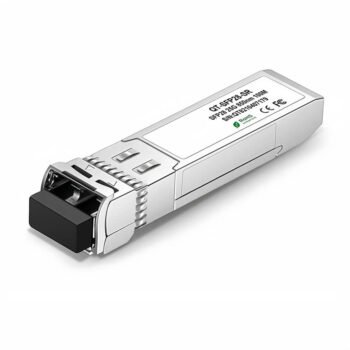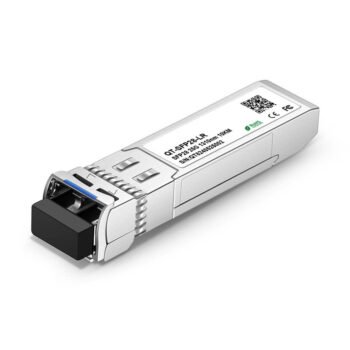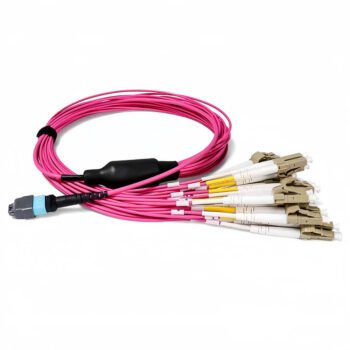How Do OPGW Cables Compare to Standard Fiber Optic Cables?
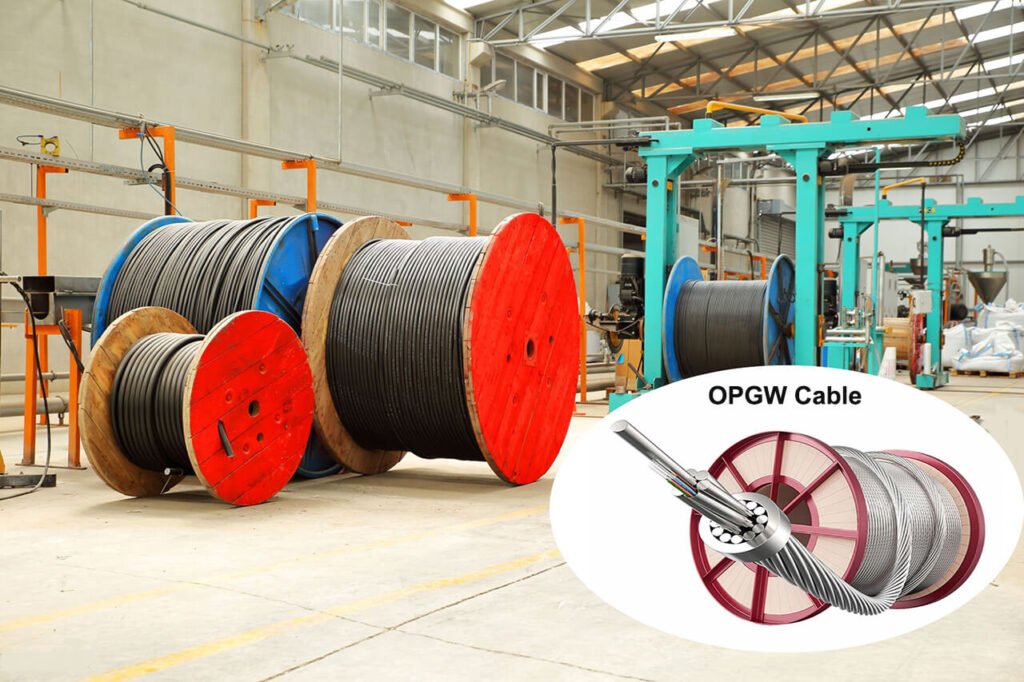
I have been involved in many telecommunications projects over the years. I have seen different types of cables come into play, and I know that choosing the right cable can change the outcome of an entire installation. In my work, I have often faced the decision between using Optical Ground Wire (OPGW)1 cables and standard fiber optic cables2. I have learned that understanding their differences makes all the difference in operational efficiency.
OPGW cables3 have dual functionality, acting as both ground wires and fiber optic cables. This feature makes them ideal for high-voltage power lines where both grounding and data transmission are needed. On the other hand, standard fiber optic cables4 focus solely on data transmission and are used in telecom networks, data centers, and other modern applications.
I remember a project during a severe summer storm. The power lines were under stress, and we had to ensure that communication stayed intact. In that situation, I saw firsthand how OPGW cables stood resilient, protecting the lines against lightning strikes while still transmitting data. It is this dual capability that sets them apart from standard fiber optic cables. Let’s delve deeper into my experience and insights on this comparison.
What Are the Dual Functionalities of OPGW Cables?
In my years of fieldwork, I have come to appreciate the unique design of OPGW cables. They are engineered to serve two distinct purposes in one robust package. I have seen these cables perform double duty: they act as grounding wires to protect power lines from lightning and electrical faults, and they also serve as fiber optic cables for high-speed data transmission.
OPGW cables combine grounding and data transmission capabilities, making them indispensable in high-voltage power lines. Their dual functionality optimizes both space and cost, providing protection from lightning while facilitating clear and uninterrupted communication.
Dive deeper paragraph for H2: The dual capabilities of OPGW cables come from their specialized construction5. They incorporate metal strands for grounding along with optical fibers for data. I have often recommended OPGW cables for new transmission line projects and as a replacement for traditional ground wires. Their combined functions deliver a robust and cost-effective solution for power utilities.
How Is the Construction of OPGW Cables Different?
I have spent many days studying the construction of various cables. OPGW cables are built with a central core made of steel or aluminum-clad steel6. This core provides both strength and excellent conductivity. Surrounding the core, optical fibers are carefully embedded and protected by layers of stainless steel or aluminum-clad steel tubes. I have seen that this extra protection makes them highly durable against mechanical stress and harsh weather conditions.
In contrast, standard fiber optic cables7 are designed with simplicity in mind. They usually consist of optical fibers with a protective jacket, but they lack the metallic components that give OPGW cables their dual function. This difference in construction leads to distinct performance characteristics in the field.
Table: Construction Comparison
| Feature | OPGW Cables | Standard Fiber Optic Cables |
|---|---|---|
| Core Material | Steel or aluminum-clad steel for strength | Typically a plastic or composite core |
| Protection | Layers of stainless steel or aluminum tubes | Protective jacket, without metallic reinforcement |
| Dual Functionality | Provides grounding and data transmission | Focused solely on data transmission |
| Mechanical Strength | High, designed to withstand wind and environmental stress | Moderate, designed for indoor or controlled environments |
I refer to this table when explaining the benefits to project managers and engineers.
What Are the Applications of OPGW and Standard Fiber Optic Cables?
In my career, I have worked with both types of cables in various scenarios. OPGW cables are predominantly used in power utility grids. I have seen them installed on high-voltage power lines where they replace traditional ground wires and add communication functionality. This makes them perfect for new installations in power transmission lines.
On the other hand, standard fiber optic cables are highly versatile. I have helped design networks for telecom operators, data centers, and smart city projects using these cables. Their primary role is to ensure fast and reliable data transmission across a range of applications.
Application Areas
| Application Area | OPGW Cables | Standard Fiber Optic Cables |
|---|---|---|
| Power Utility Grids | Used for high-voltage lines, offering dual functions | Rarely used, as grounding is provided by other means |
| Telecom Networks | Limited, primarily for specialized projects | Widely used for data transmission |
| Data Centers | Not common, unless integrated with power systems | Common, providing high-speed data connectivity |
| Smart City Infrastructures | Occasionally used for integrated systems | Predominant, due to versatility in data applications |
I always stress that the choice depends on the specific needs of the installation.
How Do OPGW and Standard Fiber Optic Cables Differ in Environmental and Mechanical Durability?
I have learned that the working environment plays a big role in cable performance. OPGW cables are engineered to withstand harsh weather, corrosion, and mechanical stresses8. I have seen these cables perform reliably even in extreme conditions. Their robust construction allows them to protect power lines from lightning strikes and electrical faults while maintaining data integrity.
Standard fiber optic cables, while durable enough for many indoor and controlled outdoor environments, may not offer the same level of resilience as OPGW cables when exposed to harsh outdoor conditions. This is especially true in scenarios involving severe weather or high levels of physical stress.
Table: Durability Comparison
| Durability Aspect | OPGW Cables | Standard Fiber Optic Cables |
|---|---|---|
| Weather Resistance | High, designed for outdoor high-voltage environments | Moderate, best for indoor or mild outdoor conditions |
| Corrosion Resistance | Excellent due to metallic reinforcements | Good, but without metal may be more vulnerable |
| Mechanical Stress | Built to withstand heavy wind and vibration | Sufficient for controlled environments |
| Lifespan | Long, with proper maintenance | Long, but may require more frequent checks in harsh areas |
I rely on these points when advising clients on long-term infrastructure investments.
What Are the Cost and Installation Differences Between OPGW and Standard Fiber Optic Cables?
One of the major factors I discuss with clients is cost. In my experience, OPGW cables are typically more expensive. Their complex construction, which combines grounding and data transmission, naturally increases the cost. However, I have found that they provide a cost-effective solution in the long run by eliminating the need for separate grounding installations.
In contrast, standard fiber optic cables9 are simpler and usually less expensive to install. I have worked on many telecom installations where the focus is solely on data transmission. In these cases, standard fiber optic cables, including All-Dielectric Self-Supporting (ADSS) types, are preferred due to their ease of installation and lower cost.
Cost and Installation Factors
| Factor | OPGW Cables | Standard Fiber Optic Cables |
|---|---|---|
| Initial Cost | Higher due to dual functionality and complex materials | Lower due to simpler design and fewer components |
| Installation Complexity | Requires skilled labor and careful planning | Generally simpler and faster to install |
| Maintenance Costs | Lower in the long term as two functions are combined | May incur separate costs if additional grounding is needed |
| Overall Value | High, especially in high-voltage applications | High, for pure data transmission scenarios |
I always use cost tables like this to help decision-makers understand the trade-offs involved.
How Does Fiber Type Affect OPGW and Standard Fiber Optic Cables?
I have often been asked about the types of fibers used in these cables. OPGW cables usually contain single-mode fibers. I prefer single-mode fibers for long-distance transmission because they have low attenuation, which means that the signal loss over long distances is minimal. This feature is especially important in power grids and long-range systems.
Standard fiber optic cables, however, can come with either single-mode or multimode fibers. I have seen multimode fibers used frequently in data centers and local networks where the distance is shorter and high capacity is required. The choice between single-mode and multimode depends on the specific transmission requirements of the project.
Fiber Type Comparison
| Fiber Type | Key Characteristics | My Recommendations |
|---|---|---|
| Single-Mode | Low attenuation, ideal for long-distance transmission | Best for power grids and long-haul networks |
| Multimode | Higher capacity for short distances, higher attenuation | Ideal for data centers and local telecom networks |
I always discuss these technical details with engineers to help them choose the best fiber type for their projects.
Real-World Comparisons and My Field Experience
I have worked on many projects that required me to compare the performance of OPGW cables with standard fiber optic cables. Let me share some insights from my own field experience.
A High-Voltage Transmission Project
I led a project where we upgraded an aging power transmission line. The challenge was to modernize the system without having to run separate cables for grounding and communication. I chose to install OPGW cables. During installation, I monitored every parameter closely, from tension control to fiber integrity. The project resulted in improved safety and performance, and the dual functionality of the OPGW cables reduced the overall installation time and costs.
Project Comparison
| Aspect | OPGW Implementation | Standard Fiber Optic Approach |
|---|---|---|
| Installation Time | Reduced by combining two functions in one cable | Longer, as separate cables had to be installed |
| Maintenance | Simplified with one integrated system | More complex with separate maintenance schedules |
| Operational Efficiency | High, with fewer failure points due to integrated design | Moderate, with potential issues in cable management |
| Cost Over Time | Lower long-term cost despite higher upfront expense | Higher long-term cost due to redundancy in installation |
This case study reaffirms that, for high-voltage applications, OPGW cables are the better choice.
Field Observations: Environmental Impact
I have observed that environmental conditions play a significant role in the performance of installed cables. In regions with extreme weather, I noticed that OPGW cables maintained their performance and integrity far better than standard fiber optic cables. The extra mechanical strength and corrosion resistance of OPGW make them more suitable for harsh environments.
Environmental Impact Assessment
| Factor | OPGW Cables Performance | Standard Fiber Optic Cables Performance |
|---|---|---|
| Extreme Heat | Withstands high temperatures due to robust materials | May suffer degradation if not properly shielded |
| Severe Cold | Maintains flexibility and strength in low temperatures | Can become brittle if exposed to prolonged cold |
| Heavy Rain / Humidity | Designed to repel moisture with protective layers | Requires additional protective measures |
| Wind and Vibration | Superior resilience due to integrated metal reinforcement | May experience more strain without extra support |
I use such assessments to guide future projects and to inform clients about long-term reliability.
Additional Technical Insights and Best Practices
I believe that understanding every detail makes for better decision-making. Over the years, I have gathered several best practices when comparing and choosing between OPGW and standard fiber optic cables.
Best Practices for Cable Selection
When I advise clients or prepare proposals, I always include clear guidelines. Here are some best practices I follow:
Table: Best Practices Checklist
| Best Practice | Explanation | My Experience |
|---|---|---|
| Assess Application Needs | Determine if both grounding and data are required | Use OPGW for high-voltage lines; standard fiber for telecom |
| Evaluate Environmental Conditions | Consider local weather and physical stress factors | Choose cables with appropriate durability ratings |
| Cost-Benefit Analysis | Compare upfront costs with long-term savings | OPGW can be more cost-effective over time despite higher initial costs |
| Plan for Future Upgrades | Ensure scalability and compatibility with new tech | Future-proof installations add value to investments |
| Review Technical Specifications | Check parameters like RTS, fiber type, and installation ease | Detailed specs help avoid mismatches in the field |
I have found that following these simple, clear steps greatly improves project outcomes.
Technical Comparison: Installation and Maintenance
I always emphasize that installation and maintenance are as important as initial performance. In my work, I have compared both types of cables not only for their functions but also for their long-term manageability.
Installation and Maintenance Overview
| Aspect | OPGW Cables | Standard Fiber Optic Cables |
|---|---|---|
| Installation Complexity | Requires careful planning and skilled labor due to dual functions | Simpler installation, often faster with standard procedures |
| Installation Time | Longer planning phase but reduced overall due to dual functionality | Faster installation for data-only solutions, but extra cabling may be needed |
| Maintenance Frequency | Lower, as one system serves both roles | Higher if separate grounding systems require attention |
| Repair and Upgrades | More integrated approach; repairs need coordination between both functions | Repairs are more straightforward, focused on data transmission issues |
I use these comparisons when briefing my teams and preparing detailed project reports.
In-Depth Look: Technological Trends and Future Outlook
I keep an eye on emerging trends. Technology evolves, and I must stay updated. In my analysis, I compare how new innovations affect both OPGW and standard fiber optic cables.
Emerging Innovations in Cable Technology
I have seen new materials and designs emerge that may soon change our practices. For instance, improvements in fiber optics, such as better attenuation properties and new protective coatings, are on the horizon.
Emerging Trends in Cable Technology
| Innovation | Impact on OPGW Cables | Impact on Standard Fiber Optic Cables |
|---|---|---|
| New Composite Materials | May further enhance durability and strength | Can reduce costs and improve flexibility |
| Improved Fiber Coatings | Better protection for fibers against harsh conditions | Increased lifespan and reduced signal loss |
| Smart Monitoring Systems | Integration with sensors for real-time monitoring | Easier maintenance with automated fault detection systems |
| Advanced Manufacturing Techniques | More precise construction leading to higher performance | Lower production costs and more consistent quality |
I often present these trends during industry meetings and trainings. They are crucial for planning future upgrades.
My Perspective on Future Cable Networks
Based on my extensive experience, I see a future where both OPGW and standard fiber optic cables have their unique roles. In high-voltage and harsh outdoor environments, I expect OPGW cables to become even more advanced. In urban and indoor settings, standard fiber optic cables will continue to evolve for faster and more efficient data transmission.
Future Outlook Comparison
| Outlook Area | OPGW Cables | Standard Fiber Optic Cables |
|---|---|---|
| High-Voltage Applications | Increased integration with smart grid technology | Limited to supplemental roles in power networks |
| Data Transmission Speed | Expected improvements with next-generation fibers | Continues to dominate in pure data environments |
| Environmental Resilience | Further advancements in durability against severe weather | More efficient designs for indoor and mild outdoor use |
| Market Trends | Growth driven by modernization of power grids | Steady growth in telecom, data centers, and urban networks |
I believe that by monitoring these trends, I can help my team and clients make informed, future-ready decisions.
Conclusion
In summary, I have found that OPGW cables offer a specialized solution for high-voltage power lines by combining grounding and data transmission in one robust package. Their dual functionality, strong construction, and resilience in harsh conditions make them essential for environments where both functions are needed. On the other hand, standard fiber optic cables provide versatility and are ideal for a wide range of applications where the primary need is data transmission.
The decision between using OPGW cables or standard fiber optic cables depends largely on the specific requirements of the project. For power utilities and high-voltage transmission lines, I have seen OPGW cables shine by providing a comprehensive solution that streamlines both installation and maintenance. In contrast, standard fiber optic cables remain the preferred choice for telecom networks, data centers, and smart city infrastructures where cost efficiency and simplicity are key.
Drawing from my hands-on experience and extensive field work, I can say that each cable type brings its own advantages. My approach is always to assess the environment, understand the technical requirements, and then recommend the cable that best meets those needs. In doing so, I help ensure that the infrastructure is robust, cost-effective, and ready to support future advancements in telecommunications.
Footnotes
-
Optical Ground Wire (OPGW) references the specialized type of cable that combines grounding and fiber functionalities, crucial in power transmission. This link provides an in-depth explanation of OPGW cables and their industry application. ↩
-
Standard fiber optic cables are integral to telecom networks and data transmission centers. This link helps understand their diverse roles and implementations. ↩
-
This highlights the dual-purpose feature of OPGW cables, providing both grounding and data communication, invaluable in high-voltage lines. ↩
-
This focuses on how standard fiber optic cables are employed across telecom networks and data centers, emphasizing their data-centric role. ↩
-
Explains the robust construction materials in OPGW cables that provide mechanical resilience and conductive properties. ↩
-
Clarifies the use of steel and aluminum-clad materials in constructing OPGW cables, underlining their strength and conductivity. ↩
-
Discusses the simpler design of standard fiber optic cables, laying out the basic construction and operational scope. ↩
-
Offers insights into OPGW cables’ resilience against environmental adversities and mechanical stressors. ↩
-
Discusses ADSS as a form of fiber optic cable preferred for its lightweight and non-conductive properties in certain installations. ↩

